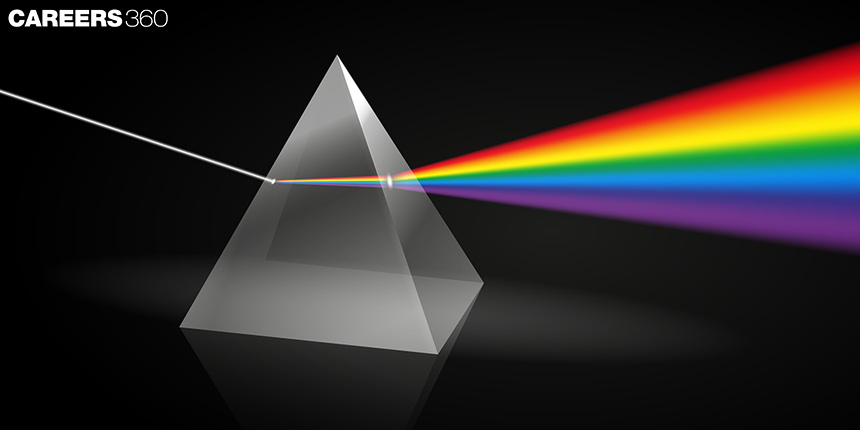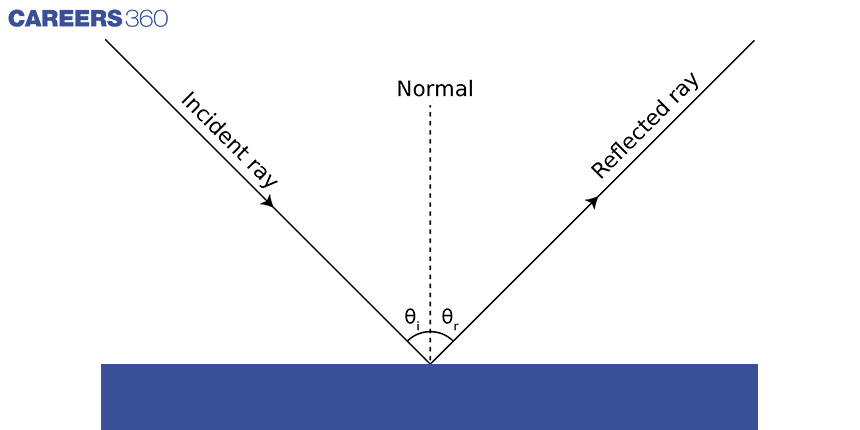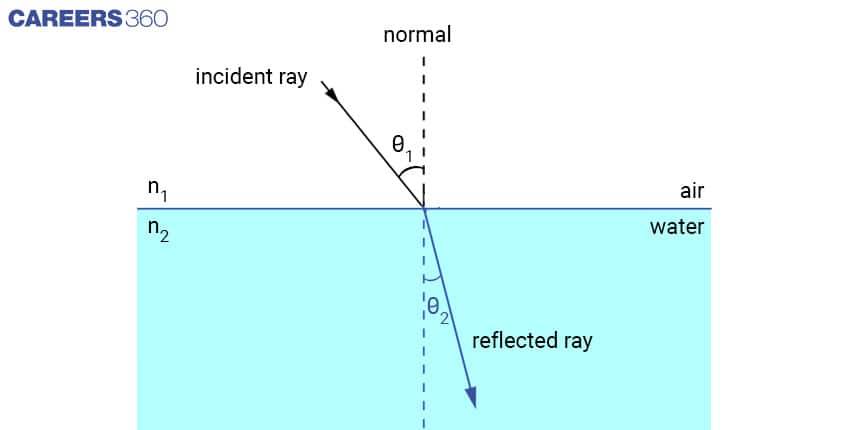The Science of Light: How Optics Shapes Our World
Do you ever stop to wonder about the nature of light? How does it travel through space at such incredible speeds, and how does it interact with matter to create the world as we see it? These are just a few fascinating questions that the science of optics seeks to answer. From the way we see and perceive the world to the technologies we use to communicate, explore, and treat diseases, optics has shaped our world in countless ways. Let’s go on to explore the science of light and the many ways in which optics has transformed our understanding of the world around us, and the remarkable ways in which it influences our daily lives.
This Story also Contains
- Optics in Physics
- Types Of Optics
- Optics In Various Fields

Optics in Physics
Optics is a field of physics that studies the behaviour and properties of light, including how it interacts with matter and is detected. It has practical applications in the design of optical instruments and fibres, as well as in fundamental physics research. The word "optics" comes from the Greek word "optike" which means "of or relating to seeing sight or vision.
Optics is an important field of physics that has enabled us to better understand how we see the world and develop a range of optical devices, including telescopes, microscopes, and cameras. These devices have expanded our knowledge in various fields. Optics has also led to the creation of groundbreaking inventions such as lasers and holography, which are used in visual communication and medical techniques. The discovery of fibre optics has been critical in enabling faster communication and information transmission, making high-speed data and on-demand video accessible to everyone.
Types Of Optics
Optics is divided into two branches, geometrical and physical, depending on the size of the object light interacts with. Geometrical optics studies the behaviour of light in the presence of larger objects, while physical optics deals with the behaviour of light in the presence of smaller objects.
Geometrical Optics
In geometrical optics, light is considered as rays and this assumption is valid when light interacts with objects several times larger than its wavelength. This branch of optics uses geometry and trigonometry to study how light behaves when it encounters an object and travels between materials. Reflection and refraction are two fundamental properties of light in geometrical optics.
Reflection is the phenomenon where light rays bounce off a surface, forming images on reflective objects such as mirrors and still bodies of water. The law of reflection states that the angle of incidence is equal to the angle of reflection(Figure), which is the reason why humans can see their surroundings.

Refraction occurs when light changes direction as it moves from one material to another with a different refractive index. It explains how lenses form images and how light is transmitted through optical fibres. Snell's law describes the behaviour of light when it encounters a boundary between two materials and relates the angles of incidence and refraction to the refractive indices of the two materials. It is given by
n1sinθ1= n2sinθ2
Where the variables n1 and n2 represent the refractive indices of the two media that the light ray is passing through, while θ1 and θ2 represent the angles that the incident and refracted rays make with respect to the normal line, respectively.

Also Read - Do You Know Why Storms Rotate Clockwise Or Counter Clockwise?
Physical Optics
Wave optics, also known as physical optics, describes light as a wave and focuses on the behaviour of light waves when they interact with objects of similar or smaller size than their wavelength. It elucidates optical phenomena such as diffraction, interference, and polarisation.
In wave optics, interference takes place when two waves merge and create a resultant wave, which can be either smaller or larger than the original waves. When two in-phase waves combine, they form a wave with increased amplitude, known as constructive interference. Conversely, when two out-of-phase waves merge, they create a wave with decreased amplitude or no wave at all, known as destructive interference. Interference of light is observed in various natural phenomena such as iridescent colours in butterfly and moth wings and is used in various man-made items such as banknotes, credit cards, and licences to prevent counterfeiting.
Diffraction occurs when light bends as it passes through an obstacle or opening, with the degree of diffraction increasing as the size of the opening decreases. Illustrations of diffraction include the rainbow-like patterns found on the surface of CDs and DVDs, as well as the patterns created when waves pass through a narrow slit.

Optics In Various Fields
Optics plays a crucial role in many areas of our modern world, including medical imaging, manufacturing, energy and many more.
Medical Imaging
In medical imaging, optics enable doctors to non-invasively see inside the human body, diagnose illnesses, and monitor treatment progress. Techniques like X-rays, MRI, and ultrasound use different aspects of optics to produce detailed images of the body's internal structures, providing valuable diagnostic information to doctors and patients.
Manufacturing
Optics also plays an essential role in manufacturing, from designing and testing new products to inspecting products for quality control. Optical systems, such as microscopes, interferometers, and spectrometers, help engineers and researchers analyse the properties and behaviour of materials at a microscopic level, leading to better products and more efficient production processes.
Energy
In the field of energy, optics is critical for developing and optimising new energy sources, such as solar cells and LED lighting. Optical systems allow scientists and engineers to study the properties of materials used in energy devices and to design new materials with improved performance. Additionally, optics-based technologies like fibre optic communication networks help make energy systems more efficient by enabling fast and reliable communication between power plants, grids, and end-users.
Telecommunications
Optical fibres are used in telecommunications to transmit information through the use of light. In these fibres, light is guided along a thin, flexible, and transparent glass or plastic filament. The fibre's core has a higher refractive index than its cladding, ensuring that light is continually reflected and trapped in the core. The information encoded in the light is transmitted through the fibre over long distances with minimal signal loss. This makes optical fibres the preferred medium for high-speed data transmission in telecommunications, including telephone systems, cable television, and the internet.
In conclusion, optics plays a significant role in shaping our modern world and continues to advance our understanding and capabilities in many fields.
Also Read - How Do Hormones Affect Your Weight ?
Applications for Admissions are open.
As per latest syllabus. Physics formulas, equations, & laws of class 11 & 12th chapters
JEE Main Important Chemistry formulas
Get nowAs per latest syllabus. Chemistry formulas, equations, & laws of class 11 & 12th chapters
JEE Main high scoring chapters and topics
Get nowAs per latest 2024 syllabus. Study 40% syllabus and score upto 100% marks in JEE
JEE Main Important Mathematics Formulas
Get nowAs per latest syllabus. Maths formulas, equations, & theorems of class 11 & 12th chapters
